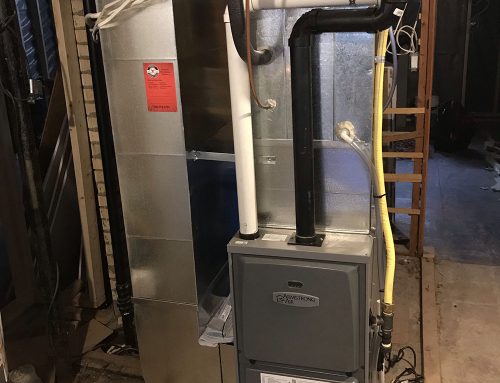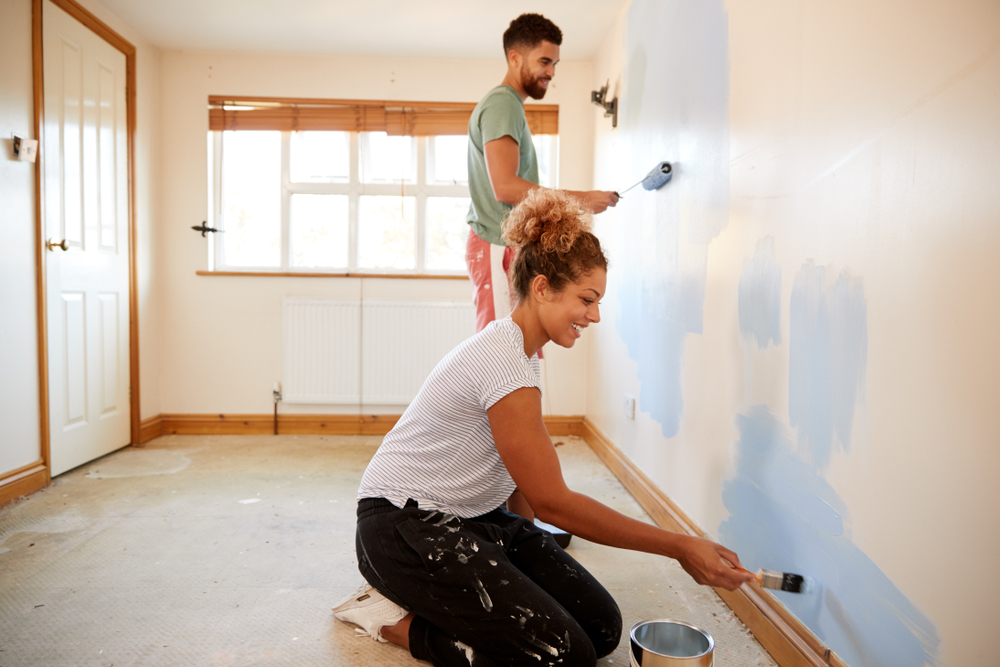Key Tips for Dealing with Plumbing Issues in Rental Properties
Key Tips for Dealing with Plumbing Issues in Rental Properties
Blog Article
We have encountered this post on 10 Common Rental Property Repairs down the page on the internet and reckoned it made sense to write about it with you on this site.

Taking care of plumbing problems in rental properties effectively is critical for maintaining occupant complete satisfaction and protecting the property's value. Whether you're a proprietor or a residential or commercial property supervisor, recognizing how to attend to these usual problems can save you time and money while making certain conformity with legal obligations. Below's a detailed guide on exactly how to manage pipes issues in rental homes.
Paper Every little thing
Maintain detailed records of all reported plumbing problems and the actions required to solve them. Documents should include dates, summaries of the trouble, interaction with tenants, and receipts from contractors or plumbings. This info can be vital for insurance policy cases, tax obligation reductions, and lawful defense.
Usage Qualified Professionals
Constantly utilize accredited and insured experts for considerable pipes repair services and setups. This ensures that the job depends on code and can aid stay clear of responsibility problems in case of mishaps or additional damage. It also reassures tenants that repairs are being handled properly.
Develop Clear Interaction
Motivate renters to report any pipes concerns as quickly as they take place. Supply several communication channels such as phone, email, or a tenant site to make it very easy for them to reach out. Prompt responses to these records can stop minor issues from escalating right into major problems.
Enlighten Occupants
Inform your renters about what comprises a plumbing emergency and what does not. Offer standards on exactly how to deal with small problems themselves, such as using a bettor to unclog a toilet. Additionally, notify them about what they must prevent taking down drains pipes to prevent obstructions, such as grease, coffee premises, and non-biodegradable products.
Regular Upkeep
Carry out a routine upkeep schedule for all plumbing systems in your leasing buildings. Regular checks can help identify and fix concerns like leakages, slow-moving drains, or corroded pipes before they end up being severe. Take into consideration working with a specialist plumber to examine the homes each year or semi-annually.
Quick Response to Emergencies
Have a plan in place for responding to plumbing emergencies. This should include having the contact information of dependable plumbing services that offer 24/7 emergency repairs. Quick activity is vital to decrease damages in scenarios like ruptured pipelines or serious leakages.
Preventive Upgrades
Think about upgrading older plumbing systems and fixtures to more modern-day, reliable versions. This can minimize the frequency and seriousness of plumbing concerns and reduced long-lasting maintenance costs. It's also a marketing factor for prospective tenants who value upgrades and modern-day functions.
Lessee Move-Out Inspections
Conduct detailed pipes checks during move-out inspections to make certain that any kind of problems are identified and resolved prior to a new tenant relocate. This avoids disputes with brand-new occupants over pre-existing conditions and makes certain the building remains in top problem.
Understand Legal Duties
Understand your legal obligations regarding pipes and basic building upkeep. Most jurisdictions require property owners to ensure their residential or commercial properties are habitable and that all plumbing systems remain in good working order. Failing to resolve significant concerns without delay can cause legal actions from renters.
Tenant Compensations
If a pipes issue requires immediate interest and the occupant solves the problem on their own, have a clear plan in position for reimbursing costs. Guarantee lessees know they should get prior approval for higher-cost repairs unless it's an outright emergency.
Conclusion
Taking care of pipes problems in rental homes requires an aggressive technique and great communication with occupants. By staying on top of upkeep, reacting quickly to emergencies, and making use of qualified specialists, property managers can keep their properties in superb problem and maintain excellent connections with tenants.
How to Handle Water Damage in a Rental Property
What is Water Damage?
Water damage is harm or destruction caused by water entering areas where it is not supposed to be. It can be caused by a variety of sources and can manifest in different ways. The most common examples of water damage include:
Leaking roof Plumbing leaks Appliance malfunctions Poor drainage Flooding Sewage backup Condensation Tenant negligence HVAC system issues Frozen pipes Is water damage dangerous?
Water damage itself is not inherently dangerous, but it can lead to various hazards and health risks if not promptly and properly addressed. The severity of these risks depends on the extent of the water damage, the source of the water, and how quickly it is mitigated.
Some potential dangers associated with water damage include structural damage, mold and bacterial growth, electrical hazards, water contamination, and pest infestations. In situations where mold and mildew have gone unaddressed, mold can start to develop within 24-48 hours of water exposure, and this can impose a serious health risk to tenants. In particular, mold spores and damp conditions can lead to respiratory issues and even make existing health problems worse, such as allergies, asthma, or immune disorders.
Water Damage in an Apartment - Who is Responsible?
If the water damage is caused by the tenant’s negligence, the tenant is responsible for the cost of repairs. If the water damage is caused by a defect in the property, the landlord is responsible for the cost of repairs. If the water damage is a result of natural causes, such as excessive rain, then the landlord is responsible, since the water intrusion likely occurred due to a defect in the property. Landlord Responsibility water damage in rental property
Since maintaining habitability is the landlord’s legal responsibility, landlords are responsible for any resulting structural damage caused by water damage. These structural damages may include damage to walls, roofs, ceilings, and flooring. If water damage has affected the rental property’s original structure, the landlord is responsible for repairing or replacing those materials. Therefore, landlords should have property insurance that covers the structural components of their rental property so that they can receive help with the costs of covered events.
Preventative measures can also help landlords avoid massive renovations. Preventative maintenance may include conducting regular inspections to identify and address potential water damage before it becomes a major and urgent problem.
If a landlord fails to meet their responsibilities regarding water damage, it can lead to legal disputes and potential liability. Tenants who believe their landlord is not addressing water damage issues in accordance with California law can seek legal advice or contact local housing authorities for assistance.
https://www.goodlifemgmt.com/blog/water-damage-in-a-rental-property/

I hope you liked our piece on 10 Common Rental Property Repairs. Thanks a lot for taking time to read our article post. Sharing is good. Helping people is fun. I praise you for your time. Please come visit our website back soon.
Report this page